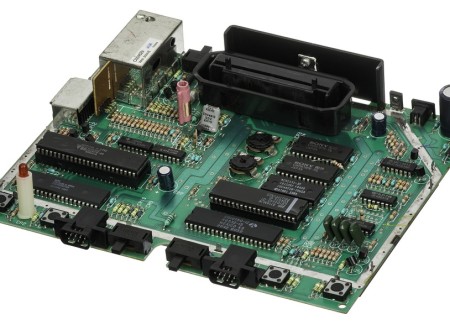In a world where the buzz around automation is louder than ever, it’s easy to get swept up in the excitement of robots, AI, and smart technology promising to revolutionize our daily lives. But while we marvel at sleek gadgets and futuristic innovations, there’s an unseen force quietly reshaping our routines, decisions, and even our relationships: automation itself. From the algorithms that dictate what we watch on streaming services to the invisible hand guiding our shopping habits online, automation’s influence runs deeper than we often realize.
Join us as we peel back the layers of this complex phenomenon and explore how these automated systems are not just tools of convenience but powerful players in shaping our modern existence—often without us even noticing. Get ready to look beyond the hype and discover the subtle ways automation is woven into the fabric of our everyday lives.
Your Smart Home Is Smarter Than You Think
That voice assistant you casually asked to set a timer? That’s automation. Is your thermostat adjusting while you’re at work? Also automation. The lights that turn off when you leave the room? Yep, that too. What used to take manual effort now happens in the background. The more we connect our homes—thermostats, lights, locks, cameras—the more we hand off tiny decisions to machines. You’re not just living in your house anymore; your house is living with you.
Your Phone Is Basically Your Life Manager

Think about how much your phone does without you realizing it: it reminds you to leave for appointments based on traffic, sorts your photos using facial recognition, and even flags spam calls before you pick up. Apps like Google Calendar or Apple Reminders auto-schedule your time. Grocery apps suggest what you’re low on before you notice. Fitness trackers nudge you to move. And while it might feel like you’re still in control, the truth is—you’re co-piloting with a bunch of micro-automations every day.
Algorithms Know What You Want Before You Do
From Netflix suggesting your next binge to Spotify building playlists that somehow get you, algorithms are reading your habits and making decisions on your behalf. Online shopping? You’re not just browsing—you’re being guided. Personalized recommendations, predictive restocks, auto-subscriptions… these are all little pieces of automation tuned to your patterns. You might feel like you’re making choices, but the path was quietly paved by your data.
Automation at Work (Even If You’re Not a Techie)

You don’t have to be in IT to see automation at work. Email filters, calendar scheduling tools, and project management platforms that assign tasks based on timelines—these are all streamlining your 9-to-5 behind-the-scenes. Even in industries like healthcare or finance, automation is helping with repetitive tasks like data entry, appointment scheduling, or sorting documents. You might not see a robot walking around, but the bots are definitely in the system.
You’ve Got More Mental Bandwidth
Here’s the upside: by handing off routine tasks, you’re freeing up brain space. You don’t have to remember to pay bills, check your fridge, or vacuum the floor (hello, robot vacuums). That’s time and energy you can use elsewhere—if you’re mindful of it. But there’s a flip side too. When everything’s so automated, it’s easy to lose touch with why you do what you do. You start reacting instead of being intentional. So while automation makes life easier, it also asks us to pay attention in different ways.
Everyday automation isn’t some future thing. It’s now. It’s subtle. It’s creeping into our routines not with a bang, but with a helpful little ding from your smart speaker. The trick? Stay curious. Use the tech, but don’t let it use you. The goal isn’t to become a robot—it’s to make space for the stuff only you can do.




